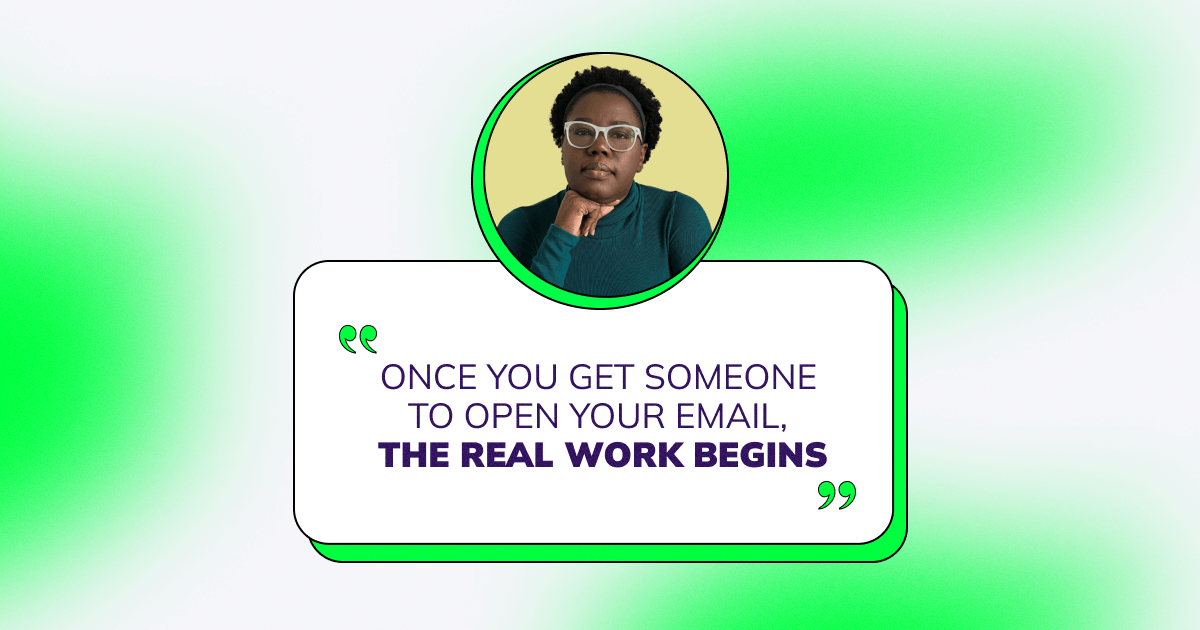Anna is an experienced conversion copywriter and email strategist, with a proven track record of crafting compelling copy that drives engagement and sales. Trained by Copyhackers and certified by Hubspot, her background in publishing, marketing, and PR informs her unique approach to copywriting — an approach that helps clients connect with their ideal audience.
A proud Jamaican and avid traveler, Anna’s diverse experiences and passion for exploring the world fuel her entrepreneurial spirit. Her background is as varied as it is rich, encompassing everything from publishing, retail, and customer experience to public relations and digital storytelling, making her an effective secret weapon for her clients.


















